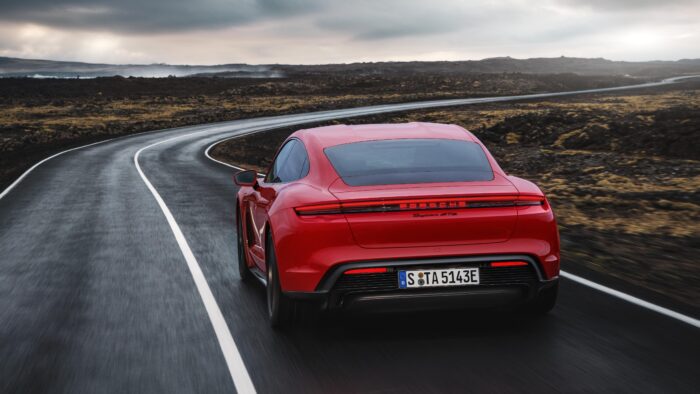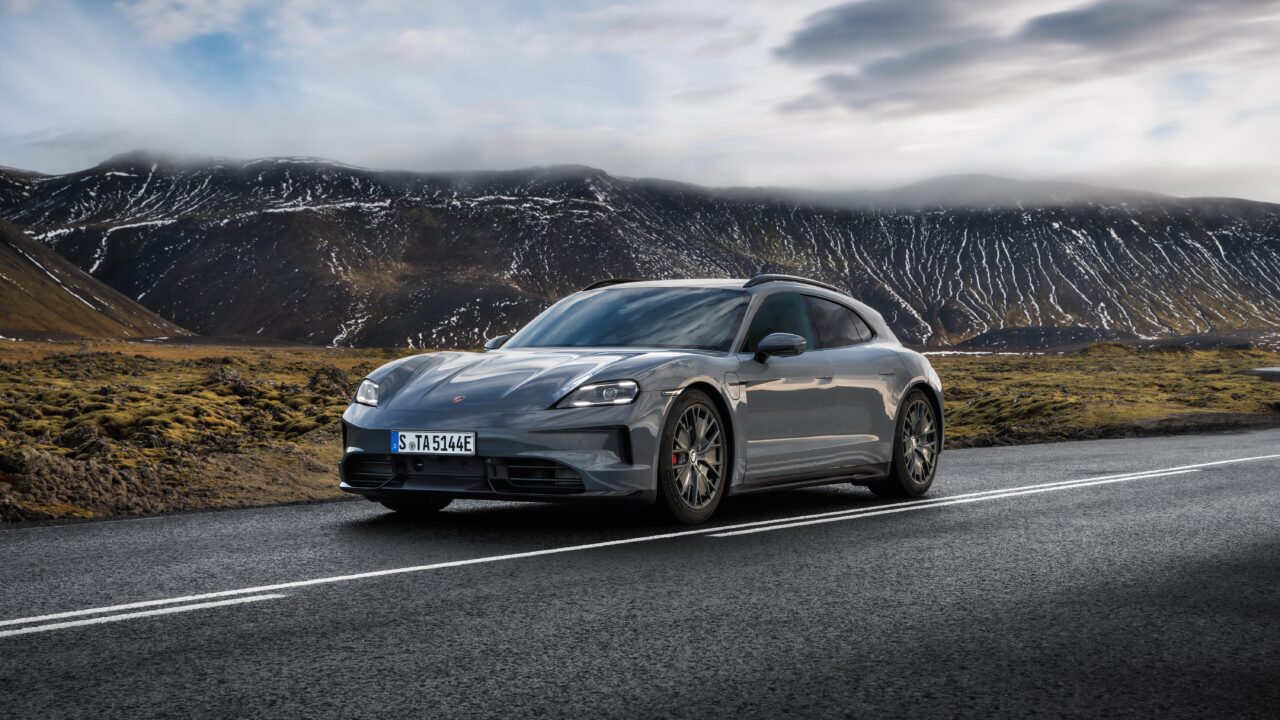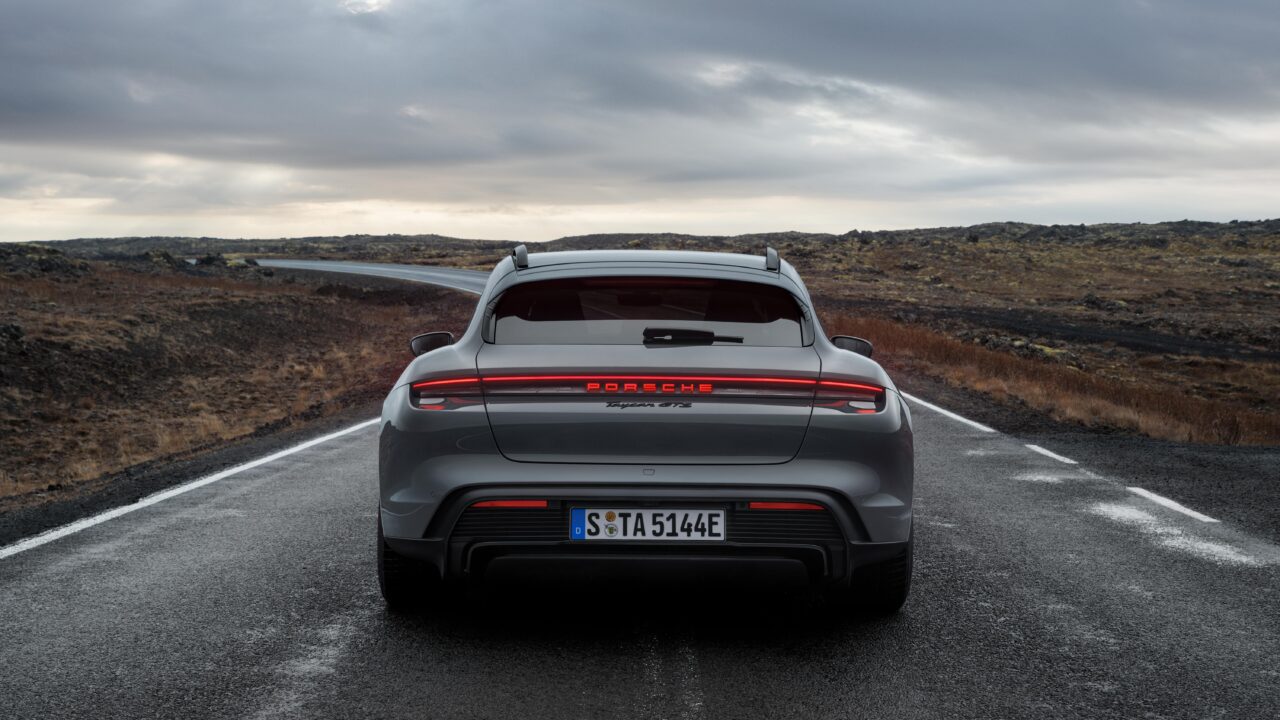Porsche Taikan Reaches the Top Again in Long-Range Performance - EV Evolution Seen in P3 Charging Index 2024 Results
Release date: 2024.12.24

contents
What is the P3 Charging Index?
The P3 Charging Index is an index that evaluates the suitability of electric vehicles for long-distance driving.It is.
It is calculated by P3, a consulting firm specializing in electric vehicles, using two main factors: energy consumption and charging characteristics. In addition to the size of the battery capacity, the actual power consumption and charging speed are indicators determined by the importance of the battery for long-distance driving.
In this index, 1.0 is defined as being able to achieve a driving range of 300 km on a 20-minute charge. In the third edition in 2022, Korea's Kia EV6 took the top spot by recording 1.03 for the first time.
Summary of results for the 2024 edition
The results of the 2024 edition were published,Porsche Taikan took first place.The following is a list of the most common problems with the "C" in the "C" column.
The Taikan also took first place in the first installment of 2019, making it the first time in five years that it has been crowned with this honor. The Taikan showed an impressive performance, with a range of 383 km on a 20-minute charge, according to the report.
For this year's index, cars are grouped into two categories: cars
1. mid-range class: less than 62,500 EUR
2. luxury class: 62,500 EUR or more
The Taikan took first place in the luxury class. In the mid-range class, the Hyundai Ioniq 6 took first place, according to the company.
Luxury Class Results Analysis
In the luxury class, the Taikan seemed to be the dominant performer.
The charge curve shows that it can maintain a high power output of over 300 kW to a charge level of over 601 TP3T. This is a very high power input state that is maintained compared to other models.
The average charge output of the Taikan is 282 kW, far ahead of the second-place Xpeng G9's 233 kW. Furthermore, the Taikan's power consumption of 19.7 kWh/100 km is the third lowest in the luxury class. This combination of excellent charging performance and low power consumption seems to have led to its overwhelming long-distance performance.
The value of the charge index,Tycan achieved a new record of 1.28.

The Nio ET5 Touring and Kia EV9 came in second at 0.98, followed by the Xpeng G9 in third at 0.96. Interestingly, Nio and Kia were able to maintain constant high charging performance despite their 400V systems. In particular, the Nio ET5 Touring recorded the highest charge index ever for a 400V model.
Mid-range class results analysis
In the mid-range class, the Hyundai Ioniq 6 has won first place. The Ioniq 6 combines low power consumption with excellent charging performance: its power consumption in the EcoTest is very low at 15.5 kWh/100 km, well below even the most efficient BMW i5 (19.1 kWh/100 km) in the luxury class.
In terms of charging performance, the Ionic 6 recorded an average of 193 kW. This is largely due to the 800V system, which allows for a range of 346 km on a 20-minute charge, and a charge index of 1.15 was recorded.
In second place was the Kia EV6 with a charge index of 1.03. In third place was the Polestar 2 with 0.93.Tesla Model 3 is 5th with 0.84The first two are the following.
It is worth noting that even relatively inexpensive models are able to achieve good charge indexes. The MG4 Luxury, for example, recorded 0.71, showing performance approaching that of the 2019 winning model.

Overall, models with 800V systems tend to be at the top of the list, but it appears that even 400V systems can be competitive by optimizing efficiency and charge curves. However, it is likely that the advantage of 800V systems will become more pronounced as battery capacity increases in the future.
The results of the P3 Charging Index 2024 show that the long-distance performance of electric vehicles is steadily improving.
The rise of Asian manufacturers was especially noticeable, with seven of the top 10 vehicles being made in Asia. In Japan,There is a stereotype that Asian manufacturers' cars still do not perform well, but they are already way ahead of the Japanese people without them even realizing it.The 800V system has been adopted by a number of manufacturers in the U.S. and Europe. German manufacturers are also adopting the 800V system, and future developments will be closely watched.
Follow me if you like this blog!


Comment ( 2 )
Trackbacks are closed.
This was very helpful as I am currently considering a used RS e-tron GT. Thanks, I thought Porsche and Audi were the same, but I see the results are different. In any case I am envious of the charging environment of at least 150kw/h. Thanks to many anti-BEVs in Japan, used models are available at a reasonable price, so I will enjoy the world of BEVs for a while.
Hello, Tomoyuki.
I have asked someone in Porsche about this, but we are working with Audi on joint development, etc,
I have heard that they are very similar, but the contents are completely different.
BEVs are very anti-car in Japan, but I think they are more than ICEs as cars.
The charging environment is now much better than before, and we hope you will enjoy the world of BEVs!